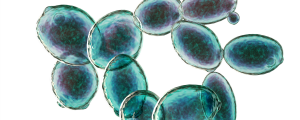
A New Role for Yeast Introns: Helping Cells Cope Under Stress
Researchers have long puzzled over why many eukaryotic protein-coding genes are interspersed with segments of noncoding DNA that have no obvious biological function. These so-called

Researchers have long puzzled over why many eukaryotic protein-coding genes are interspersed with segments of noncoding DNA that have no obvious biological function. These so-called
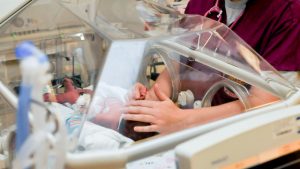
The majority of babies born in the US undergo a hearing screening as well as a blood test to detect certain diseases that can be
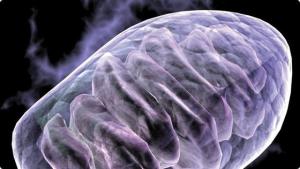
Until last month, it was generally believed that mitochondria and their DNA are exclusively maternally inherited in humans. In a provocative report in PNAS, scientists
Typically, humans inherit mitochondria and mitochondrial DNA from their mothers only. But using sequencing data from the mitochondrial genomes of members from three unrelated families,
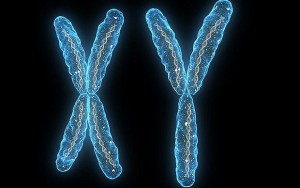
In the mid-1800s, Lionel Smith Beale, an English physician and microscopist at King’s College in London, peered through his microscope at a smear of saliva
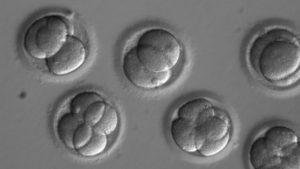
The world’s first gene-edited babies were announced early this week not in a scientific publication or at a conference, but in news reports. He Jiankui,
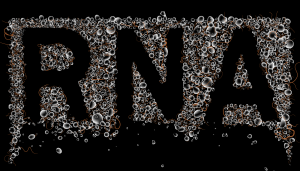
Gene therapy generally relies on delivering DNA into cells along with strategies to control its expression. Synthetic messenger RNA (mRNA) is an attractive alternative gene
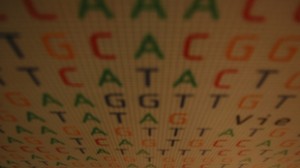
Fifteen years ago, the first sequencing of a human genome was declared complete, at a cost of about $2.7 billion. While the price tag for
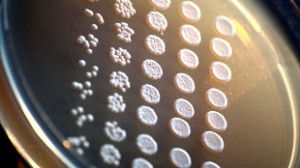
Nanoparticles of indium phosphide—a semiconducting material used in solar cells—installed onto the surface of Saccharomyces cerevisiae allows the yeast to use light to fuel biosynthetic
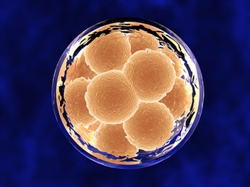
Japan has issued draft guidelines that allow the use of gene-editing tools in human embryos. The proposal was released by an expert panel representing the
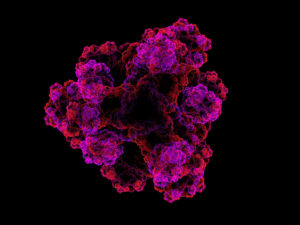
Ribonuclease P (RNase P) recognizes precursor transfer RNA (pre-tRNA) and processes it to generate mature tRNAs that are used for assembling proteins. Unlike almost all
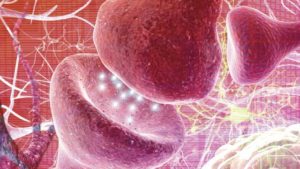
Nicotine can wield its effects on offspring in more ways than from exposures in utero or secondhand smoke: the sperm of mice that ingested nicotine
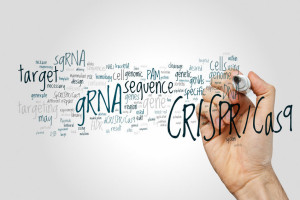
A therapy that edits genes directly in the human body might be safe, suggest early findings from the first trial to test the approach. Researchers
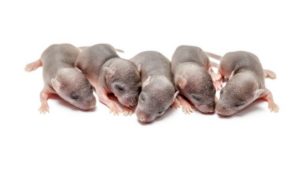
For the first time, researchers have used the DNA from two mouse mothers to create healthy pups, some of which matured and had their own
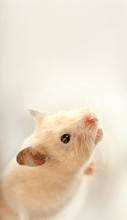
Two studies published yesterday (October 9) in Nature Medicine report success using modified CRISPR-Cas9 gene editing to prevent or cure two inherited diseases in mice.
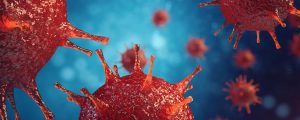
When Homo sapiens crossed paths with their Neanderthal cousins tens of thousands of years ago in Europe, they also encountered dangerous new pathogens—and, though interbreeding,

Researchers in the US and Europe have used two gene-editing approaches to correct mitochondrial mutations in live mice. The results, published yesterday (September 24) in
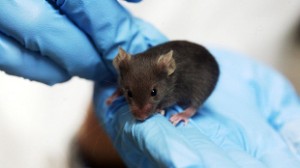
A consortium of 17 laboratories worldwide has presented results contradicting a highly cited study that described a technique to create conditional knockout mice using CRISPR.
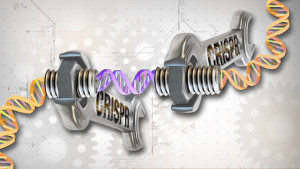
Newly identified anti-CRISPR proteins block Cas12a, a cousin of the Cas9 nuclease, both of which are widely used in genome editing, two teams of researchers

CRISPR, the genome-editing tool, introduced a mutation in a dog gene that, in effect, overrode a mutation responsible for a disease that mimics Duchenne muscular
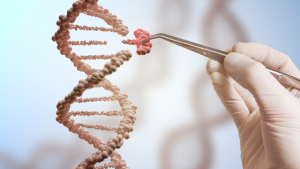
Researchers hope to develop treatments for a wide range of genetic disorders, and even cancer, using CRISPR-Cas9 gene editing. These clinical interventions may take the

Using CRISPR, researchers have crafted a technique to study mammalian development in exceptional detail, according to a report published in Science yesterday (August 9). “This
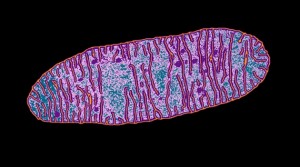
Mitochondrial dysfunction and subsequent metabolic deregulation is observed in neurodegenerative diseases and aging. Mutations in the presenilin (PSEN) encoding genes (PSEN1 and PSEN2) cause most
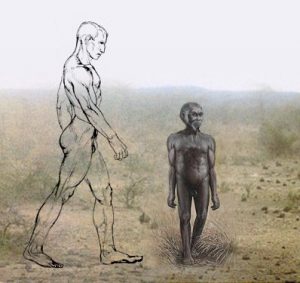
Living on an island can have strange effects. On Flores in Indonesia, a meter-tall hominin called the hobbit hunted extinct elephants that weighed no more
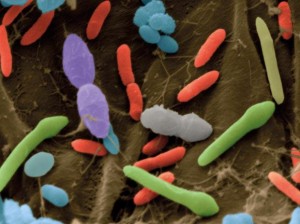
Sticky bacteria tolerated as future food Dictyostelium discoideum amoebae consume bacteria until the supply is exhausted. Then the amoeba cells clump together into a “slug”
Created by ePubSystems. Contact Us for similar site for your university or institute.